Description
The Hawaiian Blue Stripe Butterflyfish belongs to the Acanthuridae family, a group of ray-finned fish that also encompasses Sawtails and Surgeonfish. A key characteristic of this family is the presence of scalpels or spines on both sides of the caudal peduncle, serving as a defense mechanism and often displaying vibrant colors as a deterrent. This species shares the feature of these spines with other members, including the Blonde Lipstick Tangs, characterized by their bright orange spines.
Within the Acanthuridae family, the Blonde Lipstick Tangs are part of the subfamily Nasinae. This subgroup exclusively comprises species of the genus Naso. The Hawaiian Blue Stripe Butterflyfish is recognized for possessing up to two forward-hooked spines on each side of its caudal peduncle, with the number varying depending on the fish’s age. Similar to the Sawtails, keels also develop as the fish ages, with the potential for up to seven keels. Notably, the retractable spines found in the Acanthurinae Subfamily are absent in these species. Instead, these butterflyfish possess a single pair of fixed spines that they can erect by curving their tail.
Found in the Hawaiian Islands and surrounding regions, the Hawaiian Blue Stripe Butterflyfish inhabits reef flats and coastal areas. Like other tangs, these fish play a significant role in controlling algae growth on reefs, preventing algae from outcompeting slower-growing coral species for light and space. This contribution is particularly valuable in shallower reefs that receive ample sunlight.
When kept in an aquarium, providing an environment that mimics their natural habitat is essential. This includes creating various hiding spots and nooks for them to establish their territory. Items such as Aquaroche and Aquaroche shelves can be beneficial for this purpose. To prevent any potential losses, it’s recommended to use a jump guard.
Maintaining the health of Hawaiian Blue Stripe Butterflyfish involves offering a varied diet, such as high-quality pellets and flake foods like Jbl Maris. Ocean nutrition seaweed can also be provided and secured to the tank’s side using clips. Enriched frozen foods like mysis shrimp, brine shrimp, and krill, supplemented with seachem garlic guard and Atvitol vitamins, are essential for their well-being. These additives boost their immune systems and help prevent ailments. These butterflyfish also consume live foods like copepods and amphipods, which can be cultivated in an attached refugium.
Whether kept alone or in groups, the Hawaiian Blue Stripe Butterflyfish can be integrated into aquariums, and housing multiple tangs together is also possible. Seek advice, especially if you have uncertainties.
Please note that the representative images provided showcase the fish’s appearance, and variations in pattern, coloration, and shape may exist in the received livestock.


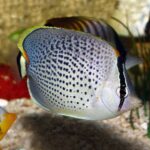
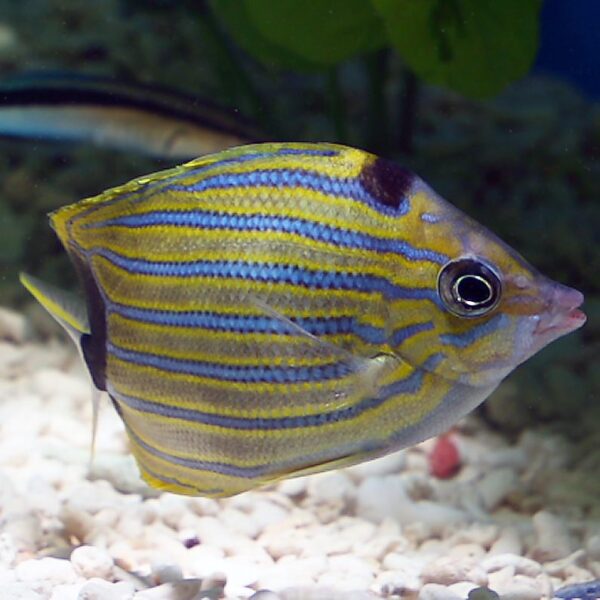


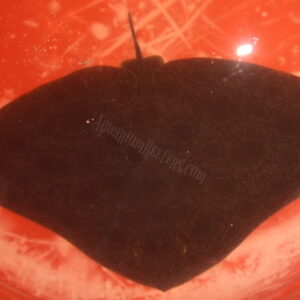
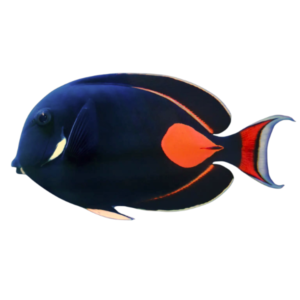
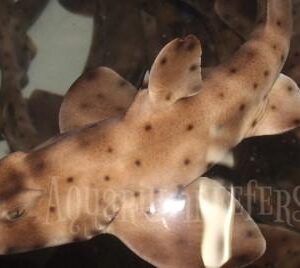
Reviews
There are no reviews yet.